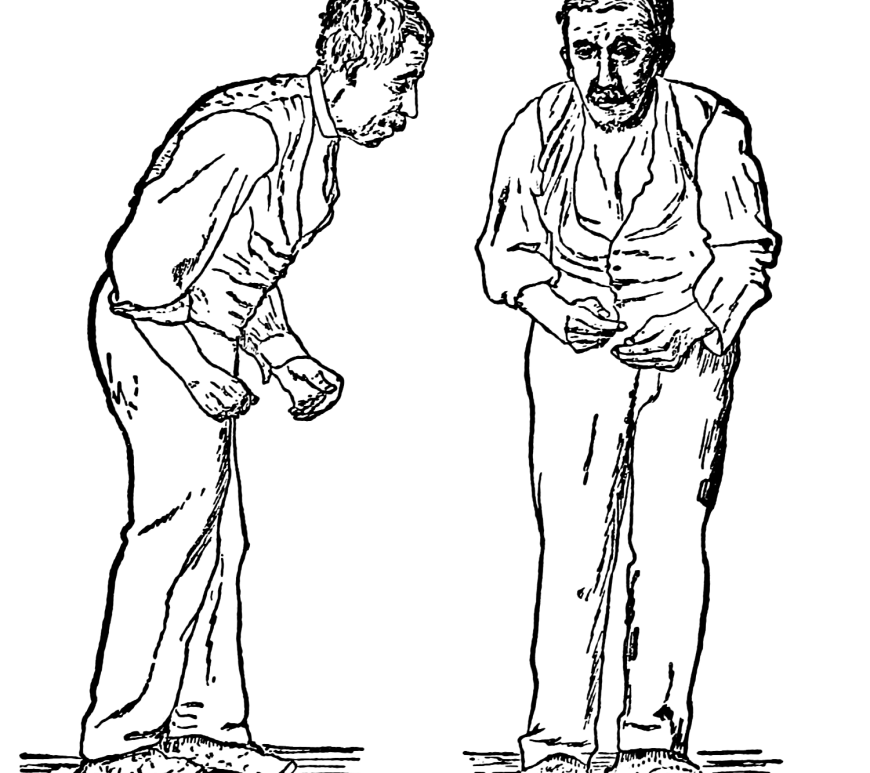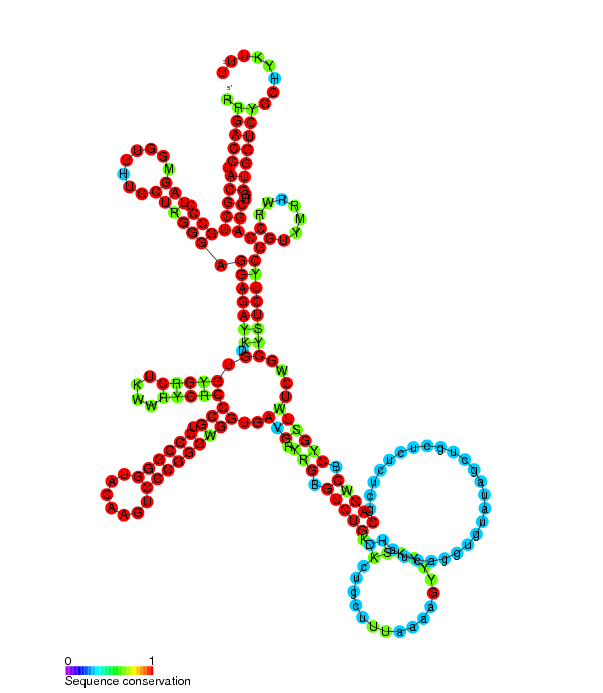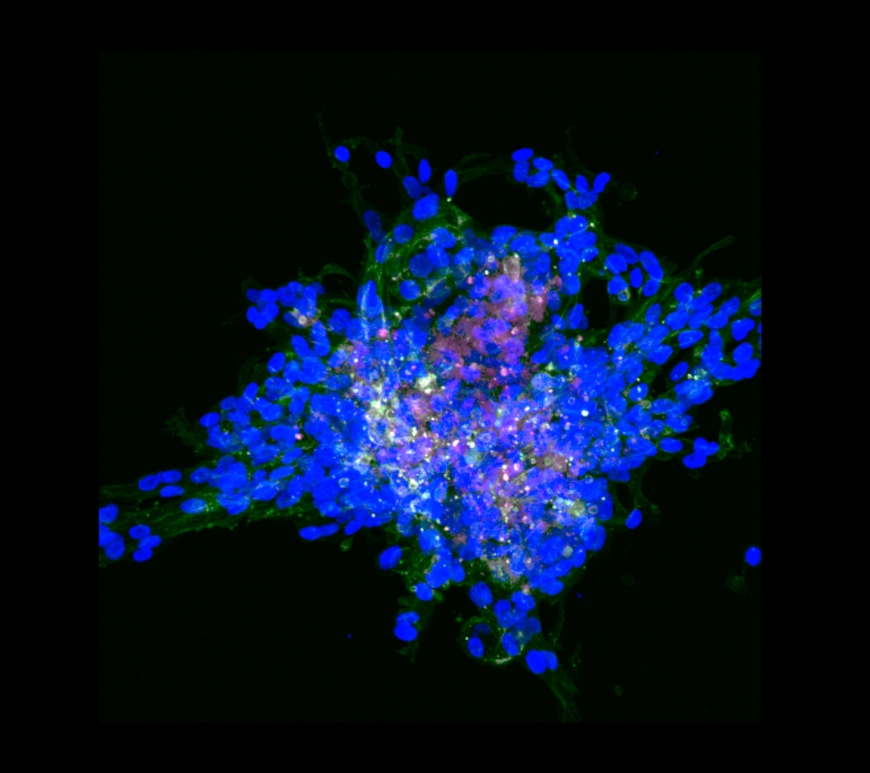
Modeling Marine Turtle Nesting Behavior
By: Kimberly Johnston, Class of 2026 Figure 1: A marine turtle Adult female marine turtles alternate between foraging and nesting phases, with periods of migration in between. Monitoring programs typically obtain data for only part of the nesting season due to a lack of financial support, remote beaches, or a large number of beaches to monitor. To accurately assess population trends, a model must be … Continue reading Modeling Marine Turtle Nesting Behavior









